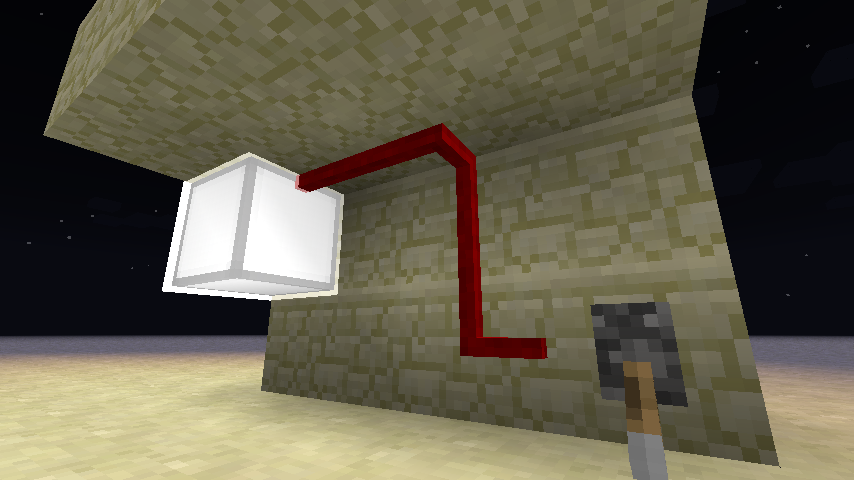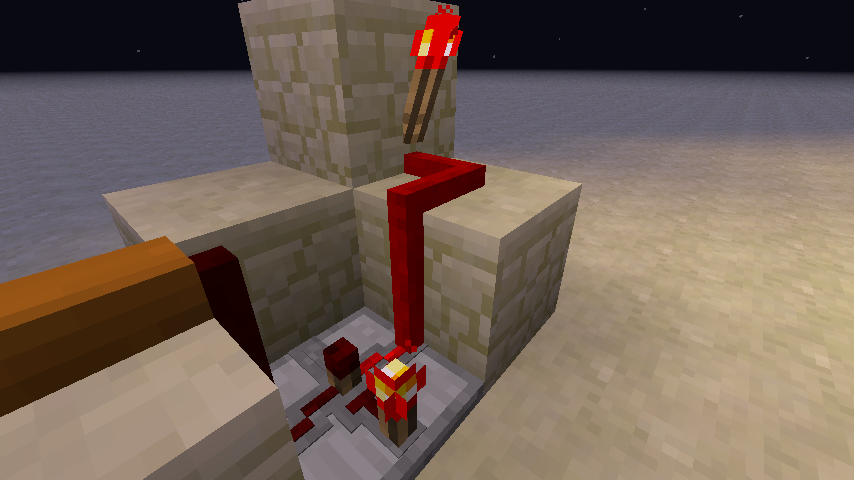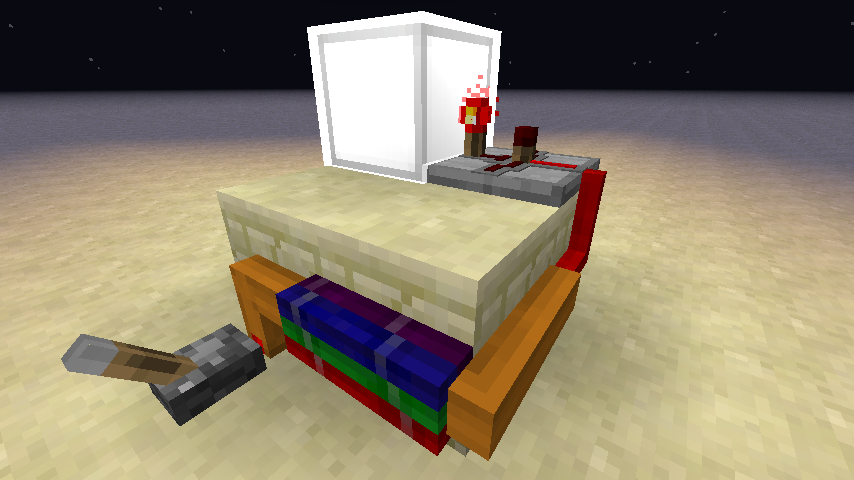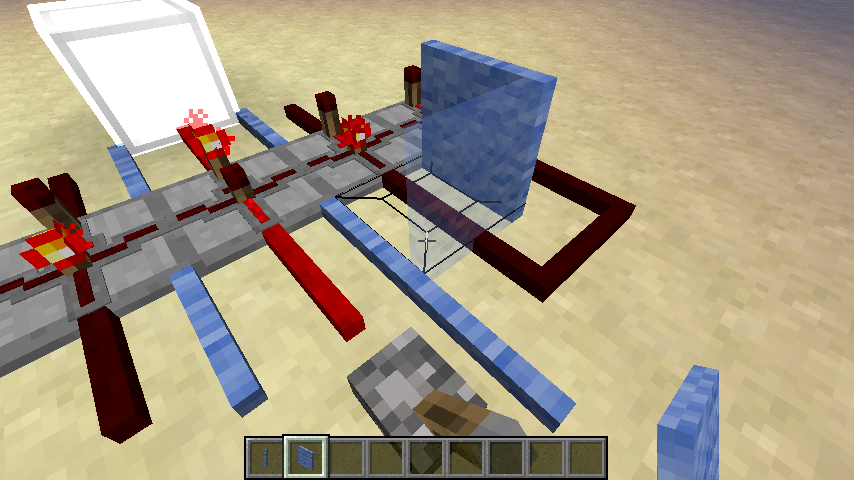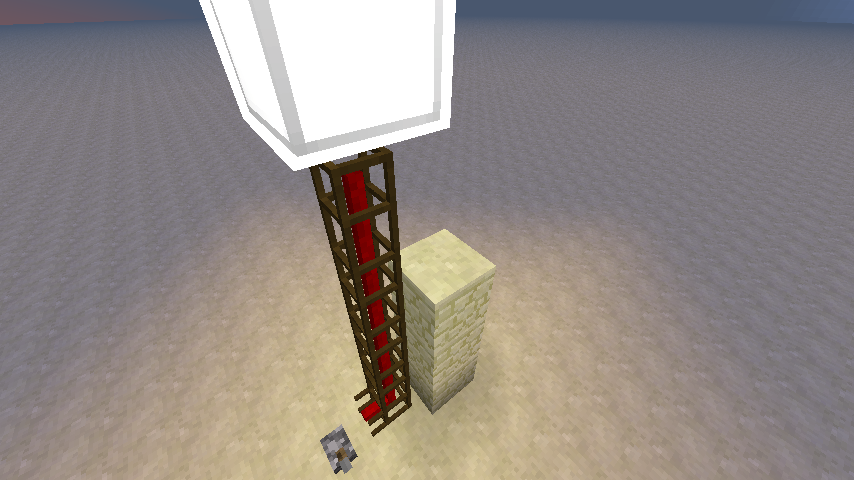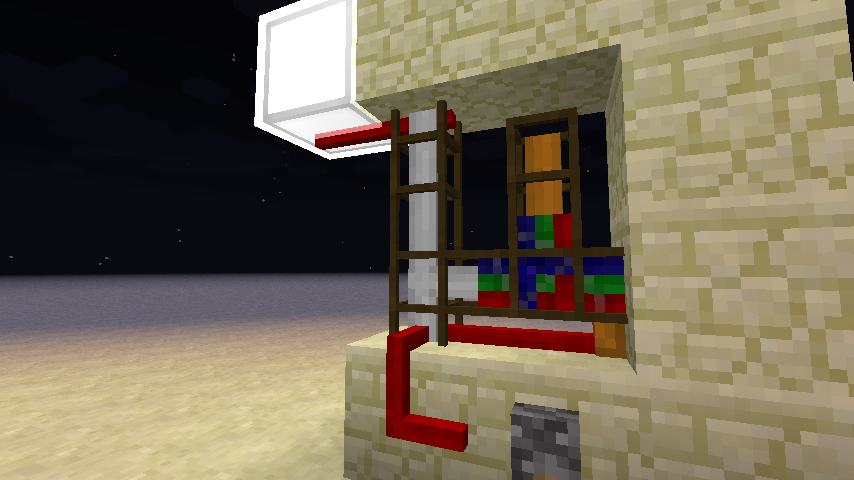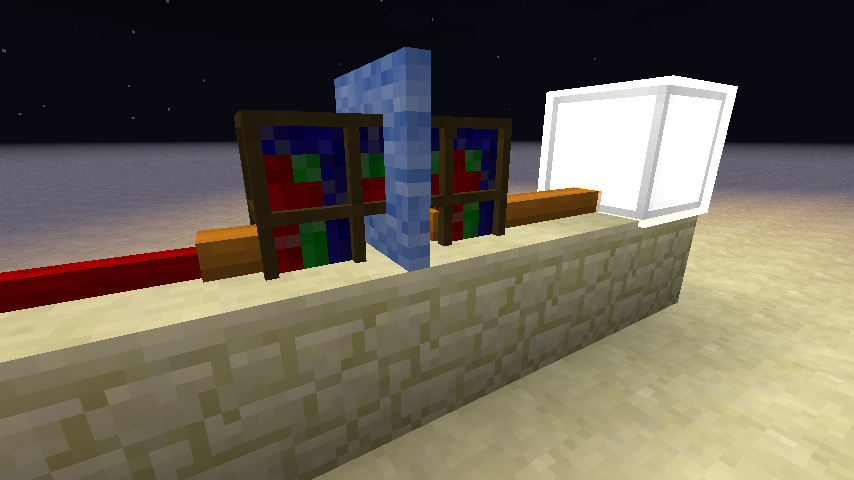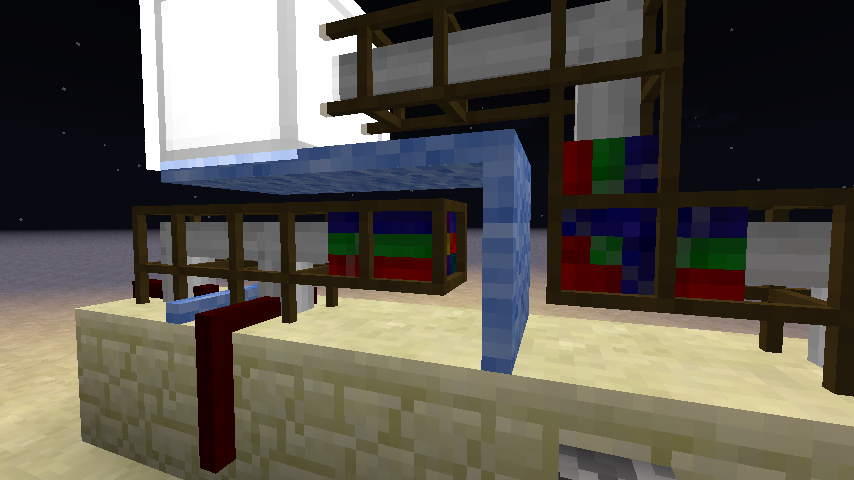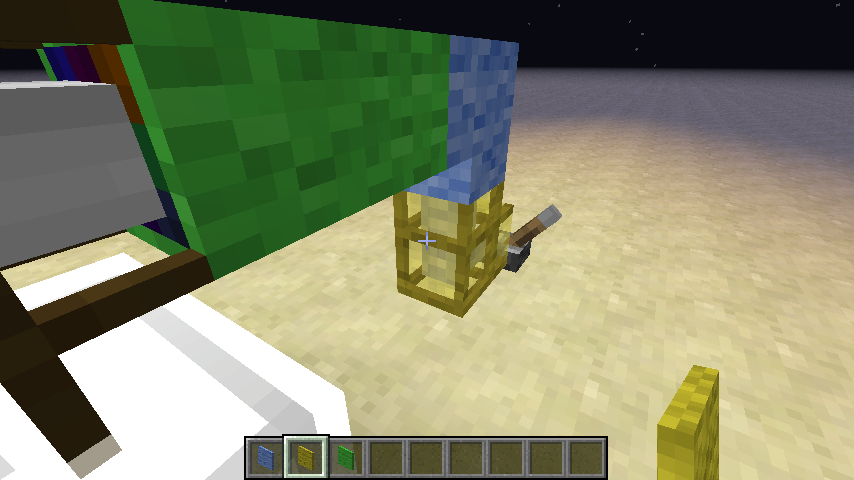Wire: Difference between revisions
No edit summary |
|||
| Line 11: | Line 11: | ||
== Mechanics == | == Mechanics == | ||
Wires come in 2 varients: '' | Wires come in 2 varients: ''flat'' or ''framed''. Each type has its own advantages and disadvantages. | ||
=== Flat Wires === | |||
'''Flat wires''' are the normal variety. They must be placed on a solid surface. They can be run up walls and such, but will fall if the block they are sitting on is removed. Wires can also be run around corners or between edges. These are the types of wires that you will use most often. | |||
{| class="wikitable" | |||
! width=300px|Images | |||
! Description | |||
|- | |||
| [[File:wire_walls.png]] | |||
| Wires can be run up walls. | |||
|- | |||
| [[File:wire_edge.png]] | |||
| Wires can snap onto other wires or devices within the same block. | |||
|- | |||
| [[File:wire_corner.png]] | |||
| Wires will connect around corners to other wires or devices. | |||
|- | |||
| [[File:wire_cover.png]] | |||
| Wire connections can be obscured by other parts such as covers. | |||
|} | |||
=== Framed Wires === | |||
'''Framed wires''' are regular wires that are suspended inside a wooden cage. This means that although they cant be run around corners or through edges, they can stand alone. They don't need any type of external support. They can reach places without the requirement of having another block to sit on. | '''Framed wires''' are regular wires that are suspended inside a wooden cage. This means that although they cant be run around corners or through edges, they can stand alone. They don't need any type of external support. They can reach places without the requirement of having another block to sit on. | ||
{| class="wikitable" | |||
! width=300px|Images | |||
! Description | |||
|- | |||
| [[File:fwire_support.png]] | |||
| Framed wires don't need support. They can be freely placed without the need for a support block. | |||
|- | |||
| [[File:fwire_connect.png]] | |||
| Framed wires will connect to other framed wires or flat wires in the same block, as long as the types are compatible. | |||
|- | |||
| [[File:fwire_hollow.png]] | |||
| Framed wires will connect through hollow covers. | |||
|- | |||
| [[File:fwire_cover.png]] | |||
| Framed wire connections can be obscured with other parts such as covers. | |||
|- | |||
| [[File:fwire_jacket.png]] | |||
| Jackets can be applied to framed wires in order to change their look by right-clicking them with a cover. | |||
|} | |||
Revision as of 04:04, 5 January 2014
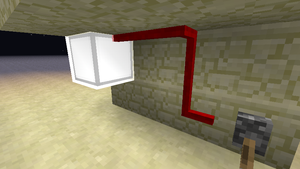
A wire is a block in Minecraft that is used to transmit redstone signals from one place to another. They often are used to connect the various inputs and outputs of logic gates to form one large redstone circuit. An example of wires that are already in Minecraft is redstone dust. Although it is decent, redstone dust is not really a wire. It has many limitations.
Mechanics
Wires come in 2 varients: flat or framed. Each type has its own advantages and disadvantages.
Flat Wires
Flat wires are the normal variety. They must be placed on a solid surface. They can be run up walls and such, but will fall if the block they are sitting on is removed. Wires can also be run around corners or between edges. These are the types of wires that you will use most often.
Framed Wires
Framed wires are regular wires that are suspended inside a wooden cage. This means that although they cant be run around corners or through edges, they can stand alone. They don't need any type of external support. They can reach places without the requirement of having another block to sit on.
Types of wires
These are all the different types of redstone wires. They each have a dependent variant, as well as a framed variant.

